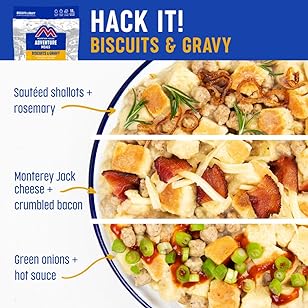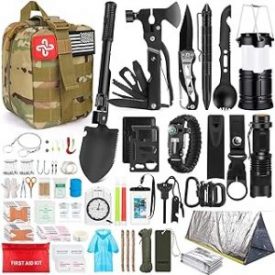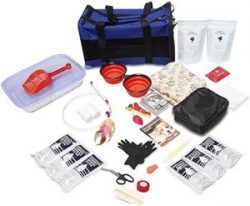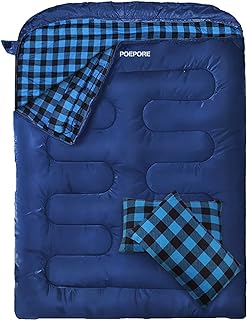Marshal Arts For Self Defense
“Daddy, the bully followed me home, teach me how to fight.”
“Mom, some creepy guy tried to get in the car with me.”
There are plenty of good reasons for parents to sign their children up for Martial Arts school. Once the decision has been made, how do you deal with all the many different options and concerns. What fighting style? How much will it cost? Is my child too small?
Martial Arts Styles
There are as many different schools of Martial Arts as there are major religions in the world. You have probably heard of Kickboxing, Tai Chi, Jiu Jitsu, Muay Thai, Mixed Martial Arts and even Aikido, and there are still numerous styles and offshoots of the Major styles.
So what Style is the Best and what style should I select?
In reality, it is this author’s opinion that the type of Martial Arts your child will learn is important. Some styles are more aggressive while others are focused mainly on self defense.
What is also important is the curriculum of teaching and training that your child will undergo. With Martial Arts training your child should learn self-discipline, self-respect, and self-esteem, along with the confidence and ability to defend themselves.
The Sensi (Instructor) is the key. All parents should visit several locations with their children to observe the Sensi at work. Make sure you visit a novice class as well as an upper level class. The novice class is where your child will begin without prior training.
Does the Sensi’s personality and philosophy fit in with your ethics and ideals?
Does the class seriously participate in any “Eastern Religious” practices that don’t match your faith? Expect theatrical ninja turtle inspired phrases, but you don’t want your child brain washed.
Do you find the Sensi a acceptable role model? Most children will look up to their Coach and Martial Arts teacher as role models and will be in awe of their skills and abilities. Make sure that this person who will be working with your children matches the same values 99% of men ascribe to.
It is also important to visit an upper level class. The novice classes are usually pretty tame, and the teaching philosophy is tailored to a younger audience. However, the older the student is, the “real” teaching and training methods are put into effect. You may feel comfortable with how the instructor “teaches” the younger beginning students, but may not be comfortable with how they harden the older students.
Cost
The majority of Martial Arts Dojos run their business on a membership basis. Customers must sign contracts, where they are obligated to pay for a certain time period to participate whether your children continue to attend or not. The locations are run like a gym membership, you pay for a certain length of time and may participate as often as you desire.
Unfortunately, the “hidden costs” are rarely discussed when signing up for a class or membership. What are the hidden costs? The most over looked cost is the “testing fee”. In Martial Arts there are numerous skill levels that are equated to a belt color rank. After a certain period of time and training, the student is ready to advance to a new level or belt color in their martial arts style, and a “belt test” will be performed. This “belt test” almost always required the student to pay a “belt-testing fee”. I have seen fees from 50 euros up to 500 euros depending on the belt rank and pretentions of the Dojo. Parents, make sure you inquire about these fees and are comfortable with paying them before you sign any contract.
Another hidden cost is required items to purchase.
The aikidogi or the uniform used in aikido is similar to the keikogi used in most martial arts. Keikogi is a term used to refer to uniform for training.
This is a general term used to refer to uniforms often donned for traditional martial arts class. For Aikido it’s the aikidogi, for Judo it’s judogi, for Jiu Jitsu it’s the jujutsugi, karategi for Karate, kendogi for kendo and the shinobi-iri and shinobi shozoku for Ninjutsu arts. The training uniforms used in martial arts are often times referred to as mere gi or dogi.
Some Dojos require that you purchase a reinforced sparing uniform with the schools logo. The average cost of these uniforms range from 30-50 euros. As the student advances in belt rank, protective sparring gear is required. Now this is normally mandatory for the student’s protection and safety, but can be expensive. Normal safety gear for Martial Arts consists of Foot Pads, Hand Pads, Head Gear, Mouth Piece, Groin Cup, and optional Spar Vest. Tournaments may require clean and fresh additional gi. Depending on the style and sizes all this gear together cost about 150 euros retail or higher. Keep in mind your child will consider it a badge of honor these items be purchased through the Dojo rather then on ebay.
Age/Size
At what age should a child begin Martial Arts or Self Defense? Now this is a highly debated issue. I have seen children as young as 4 years old participate in Martial Arts instruction. Some have been successful while others it was just to young. The age of which a child should start Martial Arts classes should be judged on an individual basis by Sensi not Salesperson and final decision by the parents. Some key points to consider. Does the child have a good attention span? Has the child successfully participated in other group/team activities? Is the child comfortable in larger group settings?
If the child is currently enrolled in grade school and has no problem adapting to those settings or conditions then they should be considered old enough to participate and benefit from Martial Arts instruction.
So honorable Parents, factor in the nature of your children, total cost of classes, testing fees, and required equipment when making your decisions.
_


 January 15, 2016
January 15, 2016 







